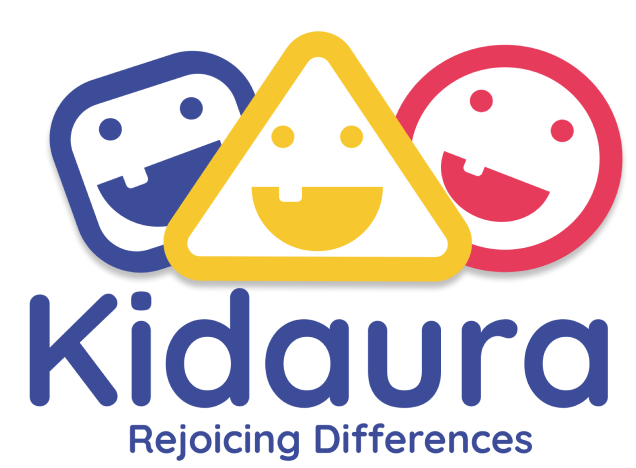8 Strategies to manage separation anxiety in children
Published by Madhushree
2 years ago
Separation anxiety is usually a common condition that children face. It occurs during infancy and may last up until childhood. It is a feeling of fear or anxiety when the child is separated from their primary caregiver or from a familiar environment. The anxiety can manifest in a number of ways, such as crying, clinginess, or even refusing to let go of the caregiver. It is a natural process of childhood and usually resolves itself as children go older, and become comfortable with separation. In some cases, however, children with separation anxiety disorder may find it difficult to think about anything but the fear of separation, which hinders their day-to-day activities of going to school, interacting with peers, or generally avoiding separating from the caregiver. In such cases, separation anxiety becomes severe and will require professional help.
-
Building and establishing a routine can help the child become comfortable and familiar with the situation. Stick to the routine religiously. This can show children when people may leave, situations may change, or when it is time to interact with new people. It creates a sense of comfort in knowing what may come next, which can be especially helpful in transitioning into new situations.
-
Set boundaries and limits. This allows the child to be in control of the situation and brings in a sense of security
-
Provide reassurance whenever required. Use your physical touch to help them understand you are around. Give them cuddles, hugs, and even verbal affirmations. This can provide a sense of security and shows them your presence.
-
Engaging them in activities that they have control over can be very helpful in tackling separation anxiety. Blocks, puzzles, or any building games can give the child control over that particular item, easing their anxiety.
-
Use reinforcers, games, books, toys, etc to entertain and distract the child once the caregiver is out of sight. Moving their concentration and attention to different areas can help reduce anxiety. Keep them distracted by reading books, playing fun games, showing them new and interesting toys, and diverting their attention.
-
Practice separating. Start by leaving your child for a few minutes to see how the child reacts and what can work to reduce their anxiety. Increase the duration once the child gets comfortable, and has established ways of calming the child.
-
Follow through on your return. If the duration of separation was informed to be 15 minutes, come back in time. This develops a feeling of trust and confidence in your child and will further help in increasing the duration once the child is comfortable.
-
A general habit of praising the child when they overcome a anxious situation can remind and motivate them in dealing with such situations. Remind them about how well they faced, tackled, and overcame the situation. This can build confidence in facing new challenging situations.
We conclude that separation anxiety is a common and normal occurrence in growing children. Using these tips and strategies can ease anxiety and help the child in learning to deal with such situations. However, it can be a sign of underlying emotional or psychological issues and should be addressed by a professional if it persists or causes significant distress. Effective strategies for managing separation anxiety include consistent routines, open communication with the child, and providing support and comfort during separation. It is important for parents and caregivers to recognize the sign of separation anxiety and seek help if necessary to ensure the well-being of the child.
Share via

© 2019-2024 Kidaura, All Rights Reserved




